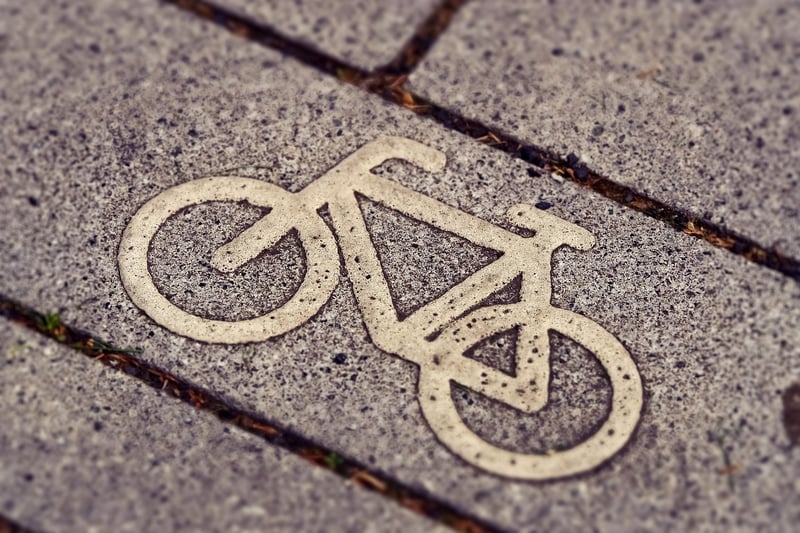Pruning Guide
Keeping Your Garden Healthy: A Pruning Guide

Welcome to our guide on keeping your garden healthy through proper pruning techniques. Pruning is an essential aspect of garden maintenance that promotes plant growth, enhances aesthetics, and ensures overall plant health. Let's delve into some tips and tricks to help you master the art of pruning.
Why Prune Your Plants?
Pruning is vital for removing dead or diseased branches, shaping plants for better growth, improving air circulation, and promoting fruit or flower production. It also helps in preventing pest infestations and maintaining the overall health of your garden.
When to Prune?
The timing of pruning varies depending on the type of plant. Generally, it's best to prune flowering plants right after they bloom, while winter is an ideal time to prune dormant trees and shrubs.
Tools for Pruning
- Pruning Shears
- Loppers
- Pruning Saw
- Gloves
- Protective Eyewear
Pruning Techniques
When pruning, make clean cuts close to a node or branch collar to promote healing. Remove dead or crossing branches and maintain the plant's natural shape. Avoid cutting too close to the main trunk or leaving stubs behind.
Benefits of Pruning
- Promotes plant growth
- Improves air circulation
- Enhances plant aesthetics
- Prevents disease spread
- Increases fruit or flower production
Conclusion
Pruning is a crucial aspect of garden care that not only keeps your plants healthy but also enhances the beauty of your outdoor space. By following the right techniques and timing, you can ensure a thriving garden throughout the year.
Remember, each plant may have specific pruning requirements, so it's essential to research individual species before pruning. Happy gardening!

